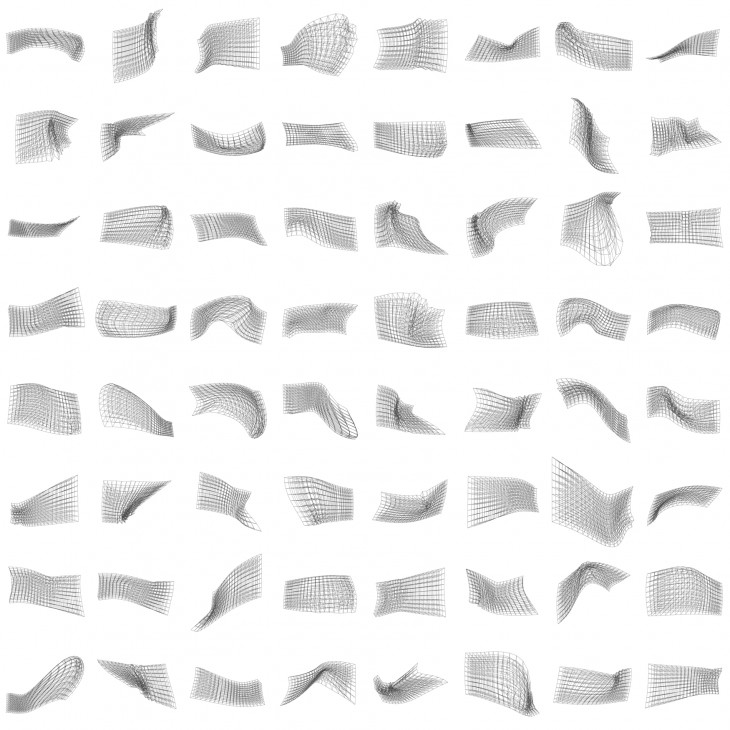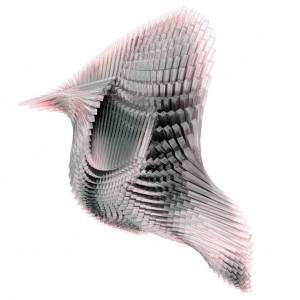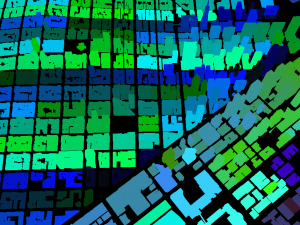² Picture.
“Our geometrical analogies weigh heavily against Darwin’s conception of endless small continuous variations; they help to show that discontinuous variations are a natural thing, that “mutations”—or sudden changes, grater or less—are bound to have taken place and new “types” to have arisen, now and then. Our argument indicates, is it does not prove, that such mutations, occurring on a comparatively few definite lines, or plain alternatives, of physic-mathematical possibility, are likely to repeat themselves…” ¹
Since ancient times, the use of mathematics has been a boon for man, for the understanding of natural phenomena (physical, chemical, mechanical, etc.), but this resource has not been used to understand why the forms of natural world around us are how they are.
What D’Arcy Wentworth Thompson poses is to explore the extent to which it could describe the relationship between the forms of some living things through the use of basic or simple mathematics, specifically through the Cartesian plane; using several case studies, like the leaves of different species of trees, bone structure of different species of crocodiles shows as part logic is applied and indeed are formal relationships in these case studies.
One of the most important aspects of this thesis is the questions on the theory of Darwinian evolution, arguing that the question of how birds descended from reptiles is still not yet answered in those days (1917), suggesting that the role of evolution has been overrated and therefore mathematics as a tool to study these relationships has been underestimated. Even today it seems that this thesis is still quite advanced and effective, since even supporters and detractors find these ideas.
If we focus on the basic idea of this thesis, it can find a close relationship with what is currently happening in the world based on the use of computers and failing in the use of algorithms for the development of the design, so therefore it is vital to understand the potential of understanding of this thesis and how this can help us to work on a range of endless possibilities, but in turn, controlled by the use of mathematics.
However, a question comes to my mind when D’Arcy Thomson raises this thesis, which is that do men perhaps, in his eagerness to control everything that is around us, manipulates the resources that calculates everything that is around us, especially nature? Is nature really something you can calculate, evaluate, measure, etc. therefore control it?
¹ D’Arcy Wentworth Thompson, On Growth and Form, 1917.
² Picture: http://spatialpixel.com/generative-design-variants/





